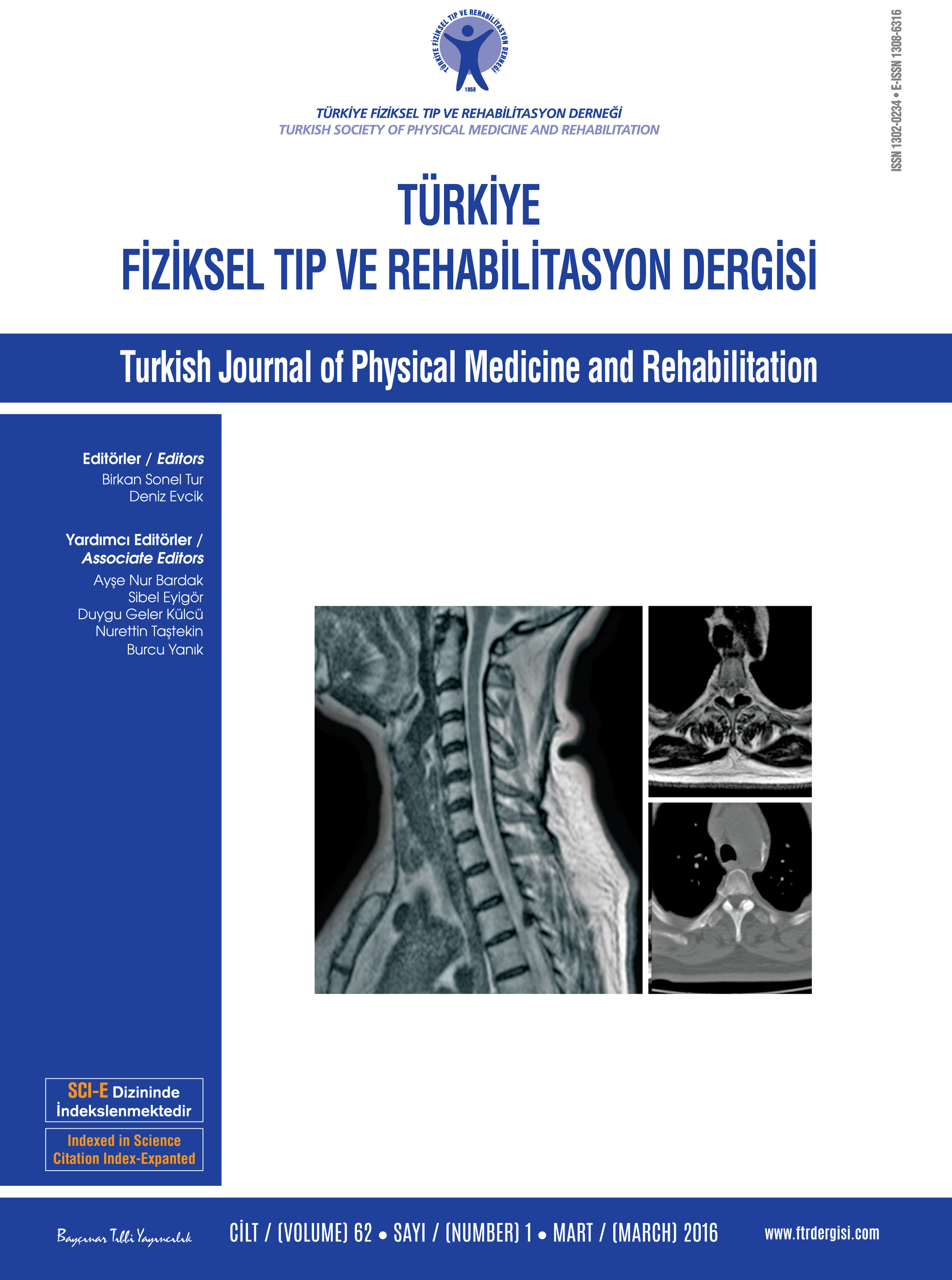Selected anthropometrics, spinal posture, and trunk muscle endurance as correlated factors of static balance among adolescent and young adult males
Patients and methods: Between April 2014 and June 2014, a total of 153 males (mean age 20 years; range 13 to 25 years) were included in this study. The anthropometric measures of height, weight, body mass index, waist circumference, waist-hip ratio, waist-height ratio, trunk-cephalic height, conicity index, fat mass index, and fat-free mass index were recorded. Thoracic and lumbar curvatures were assessed with flexicurve and the angles calculated in degrees using the formula, 4 actan (2h/L). Trunk flexor and extensor endurance levels were measured with flexor endurance test and Sorenson’s test, respectively. Static balance was assessed using the single-limb stance test.
Results: Among all anthropometric variables measured, a significant correlation was only found between the fat-free mass index and trunk extensor endurance (r=0.175, p=0.033). The trunk flexor and extensor endurance were each significantly correlated with static balance (r=0.359, p=0.000 and r=0.276, p=0.001, respectively). A negative correlation was equally found between thoracic kyphotic angle and trunk flexors endurance (r= -0.233, p=0.004).
Conclusion: Our study results suggest a significant relationship between static balance and each of trunk flexor and extensor endurance, between thoracic kyphotic angle and trunk flexor endurance, and between fat-free mass index and trunk extensor endurance.
Keywords : Anthropometry; male; spinal posture; static balance; trunk muscle endurance

















